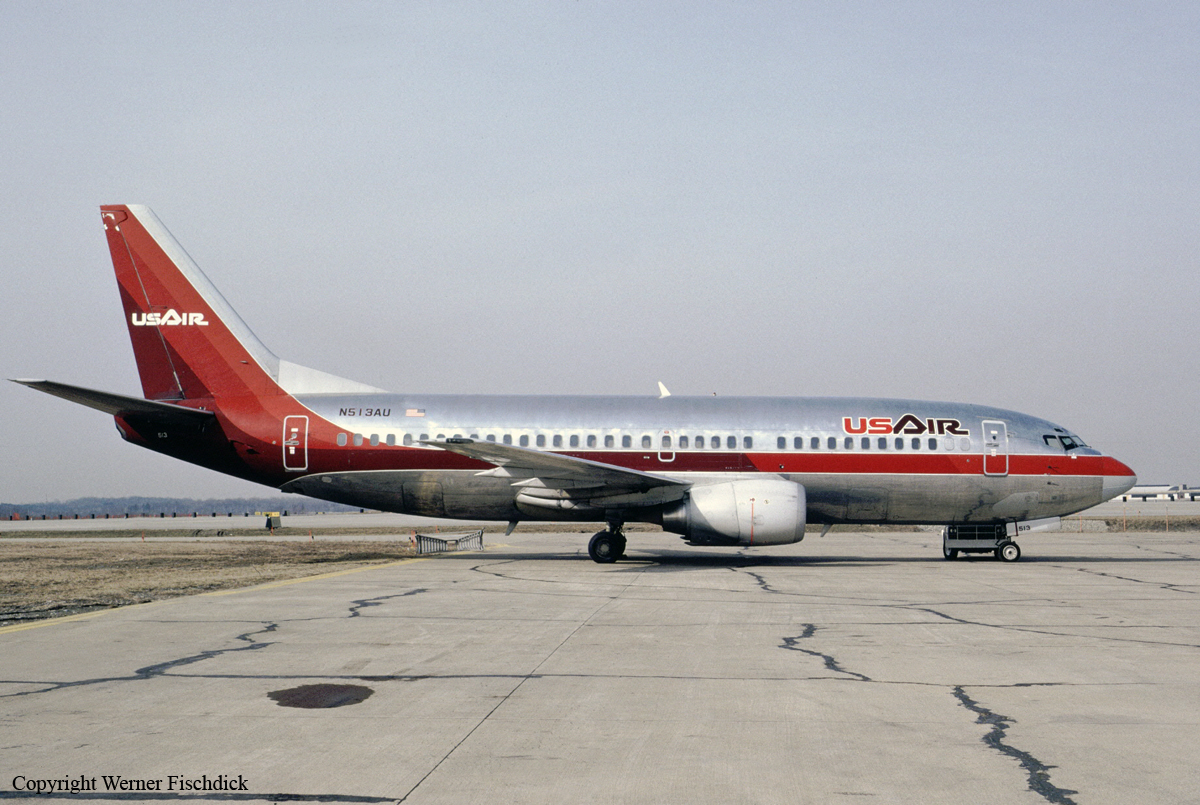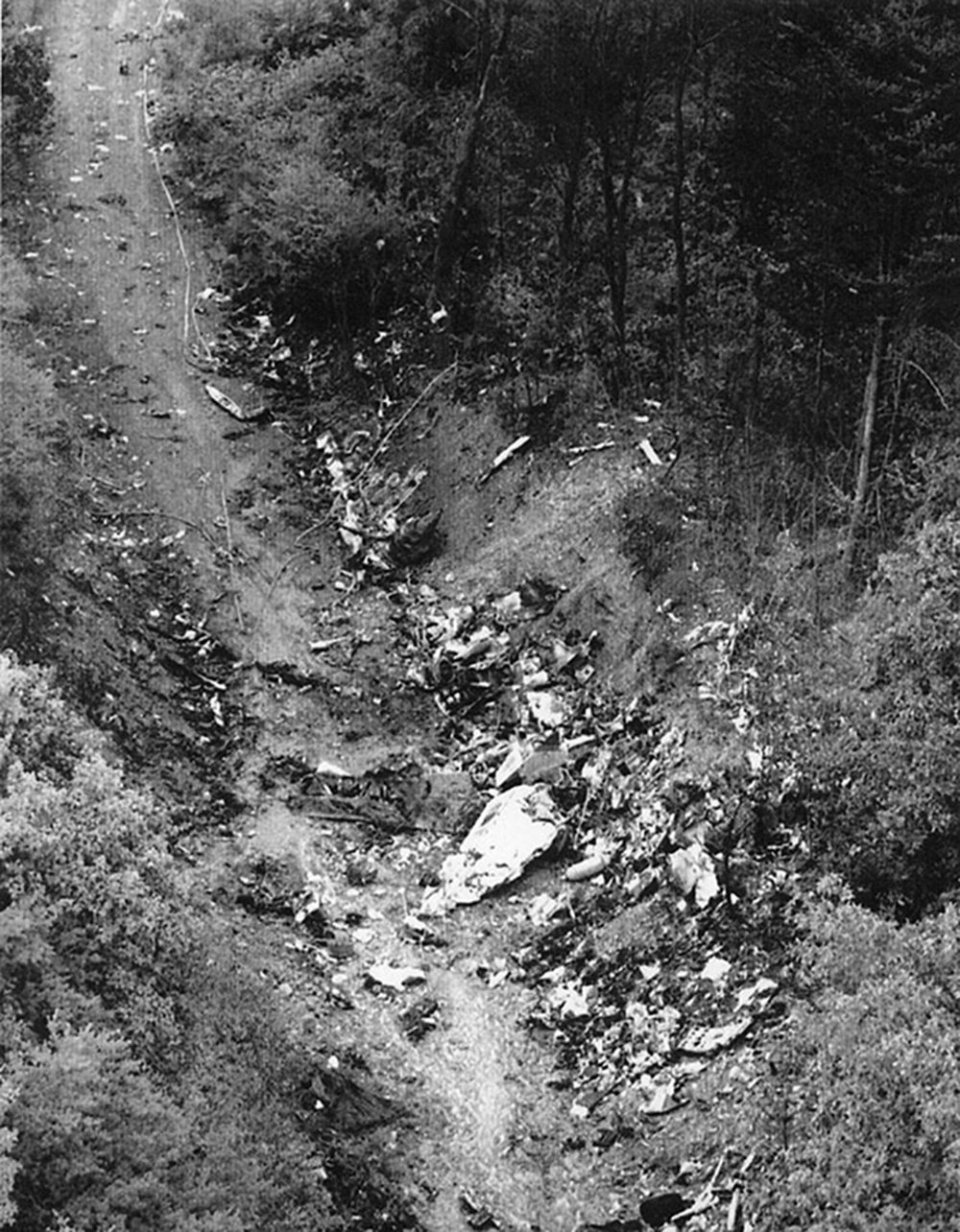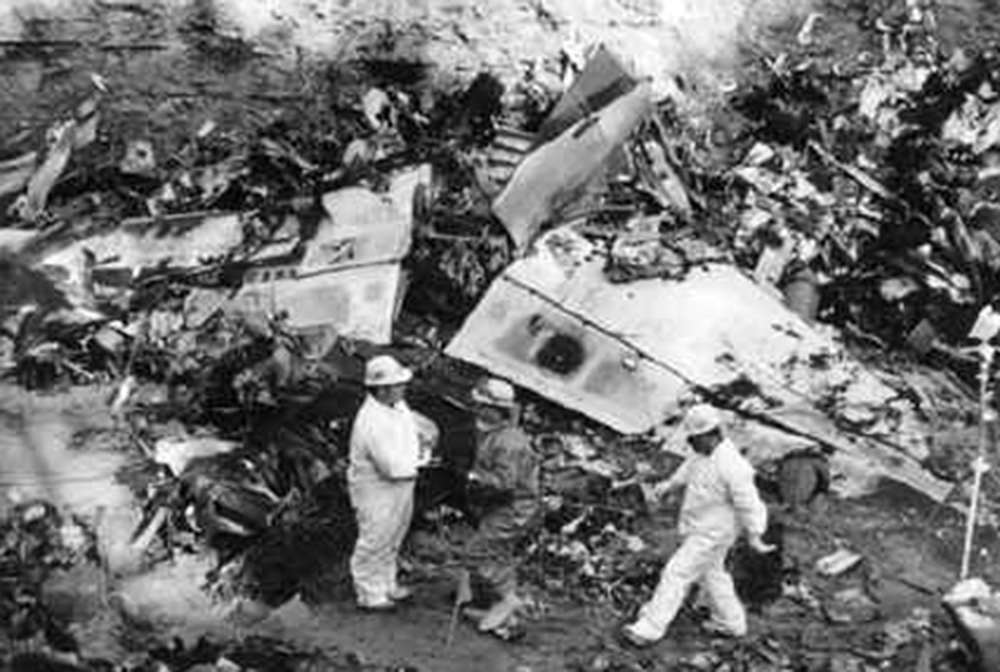Country
Operator Image

Crash of a Boeing 737-3B7 in Aliquippa: 132 killed
Date & Time:
Sep 8, 1994 at 1903 LT
Registration:
N513AU
Survivors:
No
Schedule:
Chicago – Pittsburgh
MSN:
23699
YOM:
1987
Flight number:
US427
Crew on board:
5
Crew fatalities:
Pax on board:
127
Pax fatalities:
Other fatalities:
Total fatalities:
132
Captain / Total hours on type:
3269.00
Copilot / Total hours on type:
3644
Aircraft flight hours:
23846
Aircraft flight cycles:
14489
Circumstances:
The aircraft crashed while maneuvering to land at Pittsburgh International Airport, Pittsburgh, Pennsylvania. Flight 427 was operating under the provisions of 14 Code of Federal Regulations Part 121 as a scheduled domestic passenger flight from Chicago-O'Hare International Airport, Chicago, Illinois, to Pittsburgh. The flight departed about 1810, with 2 pilots, 3 flight attendants, and 127 passengers on board. The airplane entered an uncontrolled descent and impacted terrain near Aliquippa, Pennsylvania, about 6 miles northwest of the destination airport. All 132 people on board were killed, and the airplane was destroyed by impact forces and fire. Visual meteorological conditions prevailed for the flight, which operated on an instrument flight rules flight plan.
Probable cause:
A loss of control of the airplane resulting from the movement of the rudder surface to its blowdown limit. The rudder surface most likely deflected in a direction opposite to that commanded by the pilots as a result of a jam of the main rudder power control unit servo valve secondary slide to the servo valve housing offset from its neutral position and overtravel of the primary slide.
Final Report:


